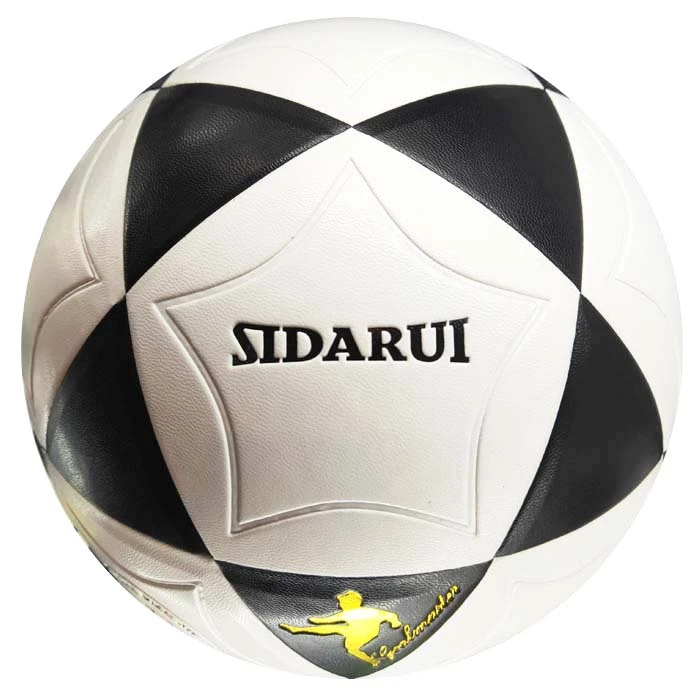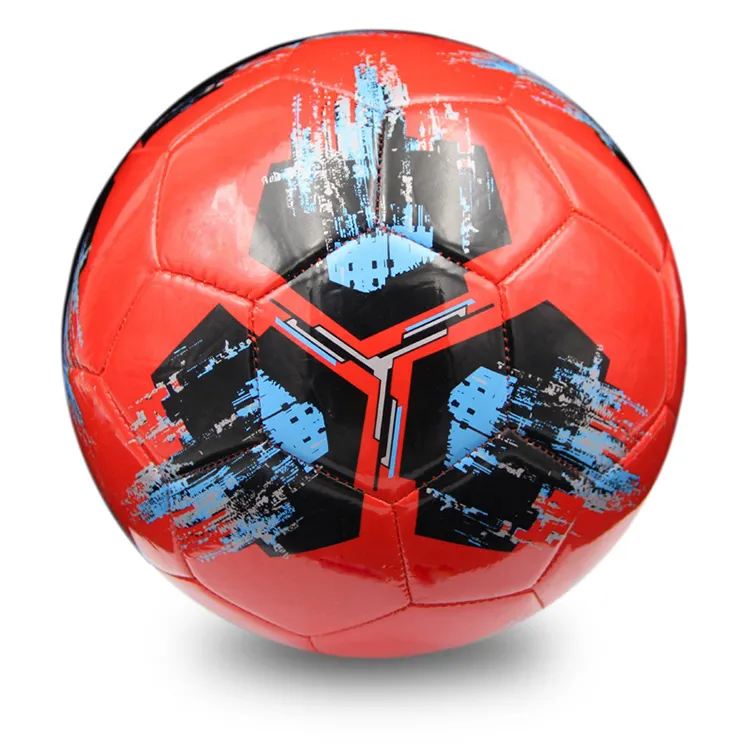Understanding the precise dimensions and characteristics of a soccer ball, specifically a size 5, isn't just about meeting sports regulations; it also caters to the experience, expertise, authoritativeness, and trustworthiness (E-E-A-T) that consumers and sports enthusiasts seek in product information.

A size 5 soccer ball is the most commonly used ball in professional and amateur leagues worldwide, designated for players aged 13 and older. Its popularity demands a closer look to appreciate the craftsmanship, scientific precision, and regulatory standards that define this essential piece of sporting equipment.
Firstly, the official circumference of a size 5 soccer ball is between 68 and 70 centimeters (approximately 27 to 28 inches). This measurement is crucial not just for standardization but also for ensuring optimal aerodynamics and control during play. Players and coaches alike can affirm that a consistent ball size allows for better skill development and a more predictable game experience. The diameter of a size 5 soccer ball, which can be derived from its circumference using basic geometry, ranges from approximately 21.65 to 22.29 centimeters. This dimension is critical for players to gauge the ball's movement and trajectory accurately.

The weight of the ball also matters significantly, and a size 5 ball weighs between 410 and 450 grams (14 to 16 ounces). Maintaining a standardized weight ensures fair play and reduces the risk of injury, while also allowing players of all skill levels to adapt their techniques accordingly. Professional players often describe a well-weighted size 5 ball as having just the right balance between flight and control, enhancing their performance on the field.
The outer material of a size 5 ball typically consists of synthetic leather or polyurethane. These materials are chosen for their durability and water resistance—an essential factor considering the diverse environmental conditions the ball must endure. As stated by many professionals, the tactile sensation provided by these materials also contributes to ball control and a player’s overall game sense.
diameter of a soccer ball size 5
The inner bladder, usually made from butyl rubber, ensures the ball retains its air longer, helping maintain the shape and pressure—around 0.6 to 1.1 bars (8.7 to 16.0 psi)—necessary for optimal play. This aspect underscores trustworthiness in a product, as a ball that maintains consistent pressure delivers an even playing experience, eliminating variables that could detract from skill.
Manufacturers often highlight that precision in construction is vital to meet various league criteria, such as those mandated by FIFA. Compliance with these standards legitimizes a ball’s use in professional contexts and enhances the authority of brands that meet or exceed these stringent guidelines.
The psychological aspect of playing with a well-designed soccer ball is not to be underestimated. Players often develop a bond with a specific brand or model that responds predictably to their touch. This relationship, nurtured through consistent performance, underscores the ball's trustworthiness and the manufacturer's commitment to quality.
In conclusion, understanding the dimensions and characteristics of a size 5 soccer ball extends beyond mere numbers. It encapsulates the synthesis of experience, expertise, authoritativeness, and trustworthiness—a holistic assurance that each game played with such a ball is both fair and exhilarating. For players seeking to perfect their skills or coaches aiming to elevate their team's performance, recognizing these qualities is essential. As the cornerstone of the beautiful game, the size 5 soccer ball's design and construction illustrate a commitment to excellence that matches the passion of those who play it.













